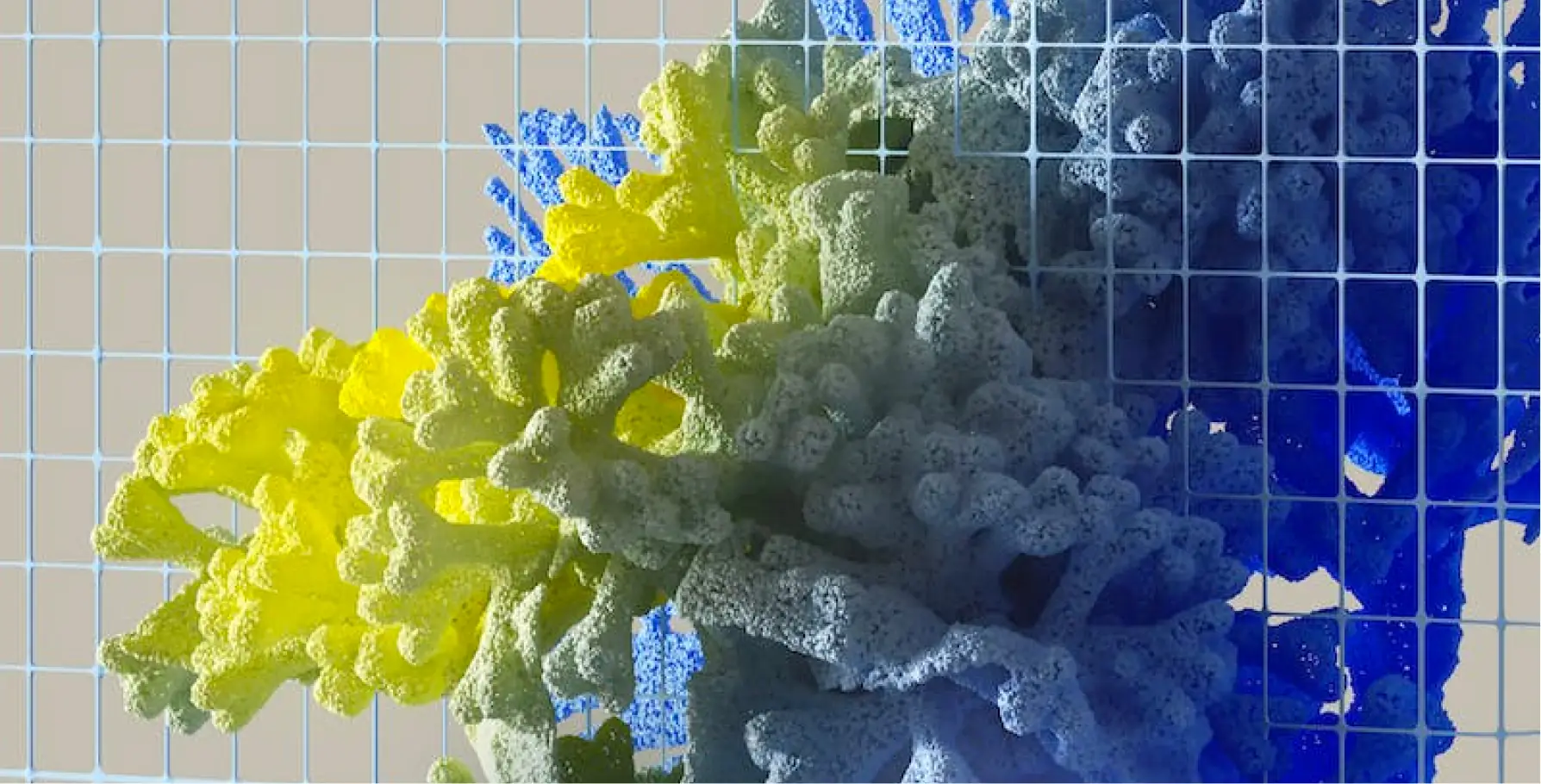Predictive Quality in decorative wood board production
Mar 18, 2024

Groundbreaking results despite challenging problems
We all have it at home: Furniture, kitchens or laminates. If you are looking for a high class finish in your place to live there is no way around the classic wooden optic. Using complete cutouts bears many challenges, such as weight, required craftsmanship for precise processing and even finding the exact piece of wood you need to complete the look. That’s why many wood appliances and surfaces are often made out of wood-based materials that have been shredded and pressed together. The big question is: Can AI improve the quality of these products? In this case study we want to talk about the challenges we overcame when applying machine learning to actual wood processing production lines.
The Customer
The company in this success story is one of the leading manufacturers of engineered wood in Europe. One of their main focuses lies on sustainable production and the recycling of materials. So far, the company managed to optimize the sustainability of the products itself quite well. But they were up for a new challenge: How can the production process be optimized towards a more sustainable version.
The Challenge
Making the production process more sustainable bears many challenges and leaves a lot of open questions to tackle at once. One particular challenge was the quality of decorative wood boards. More precisely, it means that the customer had a high number of unexplained rejects in production.
Specifically, there were no obvious determinants that would directly correlate with quality outcome in their 3-stage production scheme. The project team in the company collected a lot of data that would help address the issue, however they had very little success finding one by one correlation. An additional challenge in the specific case of our customer was that the quality outcome was mainly decided manually by visual inspection and was highly subjective. This fact introduced a lot of uncertainty to the modeling process and made quality related data nearly unusable.
The Solution
The goal of Kineo’s entry project (the Data Lighthouse) is to shed light on predefined use cases by analyzing machine data and evaluating to what extent the data at hand could solve the problem. We rolled up our sleeves and in close collaboration with the technical experts from the company analysed the available data thoroughly.
Already in the first day, we stumbled upon a problem: The data sources that are supposed to unify all production stages were not linkable. This meant that valuable information regarding the history of wood boards could not be retrieved.
Things were not looking good the day after as well… We realized that quality labels were very subjectively biased and not all of them could be attributed to processing details. That left us with very little data to train a model. However, that did not limit our ML-experts. Before we could decide to pause the project, we found an objective measure of the quality: the press time! The press time is an indirect measure of sensitivity and therefore an indication to error prone processes. Being able to reliably predict it would enable us to find the deciding factors of quality problems. And in effect, to maximize the number of decorative wood boards produced without errors by tackling exactly those factors.
The Results
In only 4 days, Kineo has analyzed the data, trained a model and discovered fundamental insights to the company’s wood board production process. Our deep-dive gave a qualified indication of the feasibility of the use case in hand.
In sum, we were able to predict the press time with an error rate of 18%, despite all challenges, giving a very promising indication on the feasibility and business value lying behind the use case and the model that was trained. Next to this concrete finding, the company received valuable insights and recommended actions on their data that make the realization of this and other use cases feasible.
Customer Satisfaction
These results pave the way for a bigger collaboration that ultimately will optimize the wood board pressing processes to be less error prone and less costly.
The customer particularly emphasized how much they value our way of working, technically as well as organizationally. Being transparent at an early stage in a customer project and giving early indications of potential problems is the key to building trust. In the specific case, this trust has ensured that we have been able to work on two further follow-up projects to date.
Key takeaways
- Use case related data evaluation gives incredible insights into the feasibility of use case ideas
- Poor data quality is not a show stopper for AI if addressed right.
- Authenticity, honesty and communication is key for successful projects
Weitere Use Cases
Kontaktieren Sie uns
Verwirklichen Sie jetzt Ihre KI-Pläne
Wir freuen uns darauf Sie in einem unverbindlichen Gespräch kennenzulernen. Nehmen Sie jetzt mit uns Kontakt auf und wir melden uns umgehend bei Ihnen.

Ihre Anfragepar
Wir werden uns so schnell wie möglich bei Ihnen melden.
Werfen Sie in der Zwischenzeit einen Blick auf die anderen Seiten.


